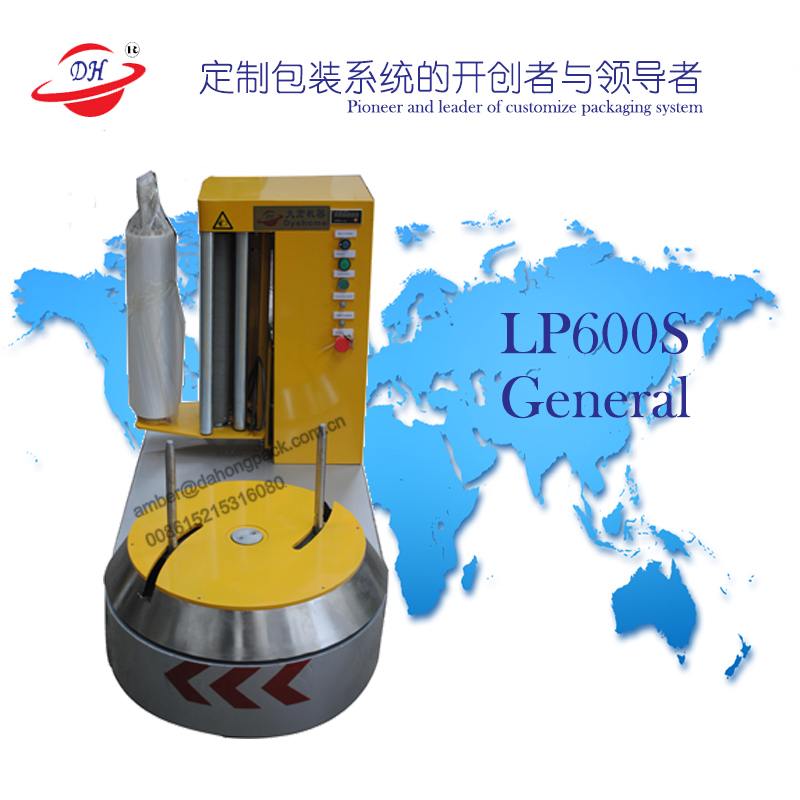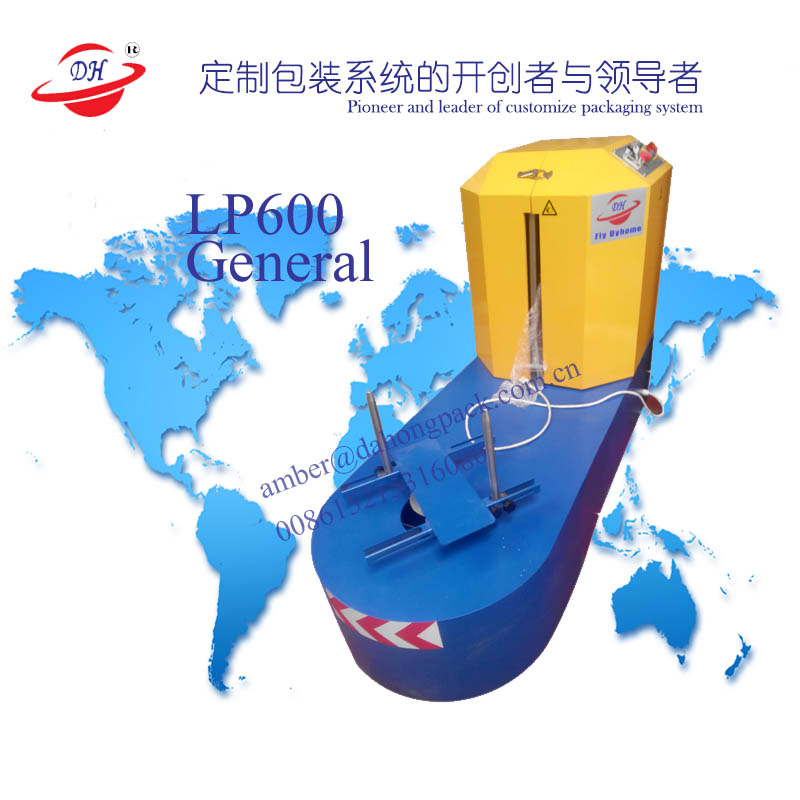First, the versatility of gravure pad printing is due to the uniqueness of the printing ink used and the uniqueness of the image transfer method. Unlike screen printing inks and offset printing inks, pad printing inks undergo several rheological states when printed on substrates. Correctly formulated inks should not only have good ink transferability, but also have high print resolution and high print speeds.
From the point of view of the development of pad printing inks, pad printing inks include a series of solvent-based formulations, which also include traditional solvent-based inks that are dried by evaporation and oxidation. However, there has recently been a UV drying type ink that has the fast drying and high resolution properties of screen printing inks and offset printing inks. Today, substrates with convex and concave surfaces, such as three-dimensional metals, glass, and plastics, will become objects of UV-drying inks.
1. UV technology and gravure pad printing UV drying appeared in the automobile painting industry as early as the 1950s, moved to the screen printing market in the 1960s, and occupied a large market share in screen printing in the 1970s. Currently, UV-dried photopolymers include not only inks but also adhesives, silicon-based release agents, pressure sensitive adhesives, and other coatings.
In pad printing, UV drying ink allows users to obtain fine print images, and the image has the characteristics of fast drying, high abrasion resistance, good pressure resistance, and strong solvent resistance. According to the specific ink instructions, if combined with some advanced equipment, UV technology will be fully utilized. Note: Improvements in the equipment include a high degree of automation, advanced time control in the printing process, an improved tight ink tank design, and an automatic ink cleaning device. With these improvements, UV printing will be most widely used.
2. Rheology of pad printing inks Like solvent inks, there are certain requirements for rheology. During the printing process, the ink is applied to the printing plate, excess ink is removed by the doctor blade, and the recessed area on the printing plate is filled with ink. These inks must have a certain viscosity before being transferred to the pad. After transferring to the print head, the ink thickens as the solvent evaporates. The rheology has changed and the viscosity of the ink has increased. In contact with the substrate, the ink is separated from the print head and transferred to the surface of the substrate.
3. Drying of UV-drying inks As previously stated, solvent-based pad inks are dried by solvent evaporation. In addition, the epoxy-type ink can be oxidatively cross-linked and cured and dried under heating to obtain a large molecular weight. UV pad printing inks are similar to epoxy inks, but they do not dry under heat but are crosslinked and dried under UV energy. UV inks can be instantly cross-linked and dried under high-intensity UV energy.
When UV energy passes through the ink layer, the photosensitive molecules in the ink will interact with adjacent molecules. These single molecules are called monomers and oligomers. The inter-monomer effect causes linkages that make up the molecular matrix. The entire reaction process takes only a few seconds. And if the ink formulation is accurate, inks that add more pigment will also dry quickly. The dried product has higher abrasion resistance and solvent resistance than the oxidized dried product.
So how do you get the most effective UV energy? The most effective UV energy source that can meet the UV ink drying needs is a mercury lamp under moderate pressure. The energy output of this type of lamp can be through a variety of metallic materials and can output a variety of specific wavelengths.
UV pad printing inks can also be printed on heat-sensitive materials such as ABS, polystyrene and plastics. When printing these materials, it is best to have a dichromatic reflective device as an aid. This device can absorb the infrared light energy and reflect the required UV light energy, which can reduce the temperature of the printing surface and increase the UV light energy. double effect.
4. Comparison of traditional inks and UV inks If the print job volume is relatively large, and solvent resistance and abrasion resistance requirements are relatively high, the use of UV drying pad printing ink is undoubtedly the best choice. In general, UV-drying inks have greater abrasion resistance than conventional solvent-based or epoxy-based inks. The best example is the symbol on each key on the computer keyboard, which are all printed with UV ink. A well-known large company once experimented with using a mechanical “finger†to repeatedly press a keyboard printed with a UV ink and a keyboard printed with a traditional ink. As a result, the keyboard symbol printed on a traditional ink is about 1-2 million times. Worn out, and UV ink printed keyboard symbols wear out only about 13 million times. The abrasion resistance of UV inks is 1300% of that of traditional inks. Not only that, but also its drying speed is greatly improved compared to conventional inks, from the original 7 minutes to 15 seconds, saving 96%. time.
UV inks also have extremely high solvent resistance after drying. This solvent resistance results in part from the high crosslink density (macromolecule weight) of the crosslinked dry ink layer. The higher degree of cross-linking makes it impossible for the molecules to separate and dissolve from each other under the effect of the solvent. In addition, UV inks can also be used with some solvent-resistant chemicals.
For the purpose of comparison, we look at the situation after replacing the epoxy ink with UV ink. First, do not mix the ink before use. Second, of course, it is time-saving because the epoxy-based ink needs to be dried for a long time under a certain high temperature condition, and the UV ink is almost instantaneously dried. This is accompanied by the additional advantage of reducing the damage of the ink layer caused by heating. UV inks also save a lot of drying workshops.
There is also a drawback to the formulated epoxy ink. Its stability is poor. After mixing for a while, it will condense in the ink fountain. You must stop and wash the ink fountain. This leads to a waste of time and a drop in productivity. However, UV inks are different, and its stability is very good. It can be said that condensation does not occur. The more characteristics and comparison of UV inks and traditional inks are listed separately (Table 1).
Of course, there are specific factors to consider before converting the ink used. Such as the need to switch to UV ink equipment capital issues, measuring instrument problems. If the surface energy of the surface of the substrate is low, the surface must also be subjected to photochemical treatment to ensure the adsorption of the ink, which requires additional new quality control equipment. In this way, it is recommended that you do a holistic overall plan before the conversion.
Comparison of UV inks and traditional inks Category UV inks Traditional inks (epoxy type)
Average labor value / unit 0.001 US dollars 0.12 drying time / unit 2-4 seconds 10 minutes - 8 hours average power consumption (kWh / unit) 0.001 0.2
Drying Site 1-3 sq. ft. 2-20 sq. ft. ink price $50/lb $28/lb solvent content 30% 60%
Drying system funds 5-10 thousand dollars 3-10 thousand dollars
Shandong Dyehome Intelligent Equipment Co.,Ltd(Company NEEQ STOCK CODE:836635)
1. With the LLDPE stretching film as the packing materials, Luggage Wrapping Machine is professional in the packing and wrapping of luggage in the airport
2. The packing cost will be reduced, more convenient storage and transportation will be achieved and an easier recycle of the packing materials will be conducted with the application of the LP series luggage wrapping machines, thus ensuring a less polluted environment. This is currently one of the popular environmental-friendly packing methods.
3. LP Luggage Wrapper
is designed to stretch wrap luggage and related items for security purposes in
an airport setting. Film provides extra support while the luggage is being
transport to protect them become damaged. And the plastic and closing label
cannot be removed and replaced by a thief . Additionally , wrapped luggage can
easily be separated and identified.
The machine is a movable and
manually operated rotary turntable device use Stretch Film to wrap the luggage
.The operator placed the luggage on the platform and adjusts vertical rods to
secure bag according the luggage's size .Then begin the wrap process, the
operator press start button on control panel pack the luggage by a 3 to 5
layers of stretch film. The operator cuts film tail and removed from the turntable.
The machine is ready to accommodate the next piece of luggage.
4. Besides the basic stock packager, it. has produced various stretch wrapping machines in such types as cylinder paper/shade cloth, cable, plane and cylinder radial. We also produce other packagers for brown paper, EPE, the ordinary PE film, etc. Please contact the marketing department of our company for details.



LP Series Luggage & Carton Wrapping Machine
Airport Luggage Wrapping Machine,Luggage Wrapping Machine,Luggage Wrapper,Semi-Auto Luggage Wrapper,Luggage Wrapping Film Machine,Baggage Wrapping Machine,Baggage Wrapper
Shandong Dyehome Intelligent Equipment Co., Ltd. , http://www.dyehomepack.com